Time in History
Abstract
I am going to take you on an adventure through time where you and I will look at the concept of time itself. In historical practice, there are different perceptions of time at work. Things like religion or politics have influenced these different perceptions. Perceptions of time shape how history was written and studied in historical practice today, there is an all-consuming linear view of history when that is not the only type of history. There is also the direction in which history follows, whether that is a decline or incline is based on the interpretation of that particular history. Then there is the topic of the past, present, and future and how different civilizations perceived each one and the value in which they held each term.
History:Zoroastrian, Greek, Roman, Jewish
There are multiple perceptions of time throughout different cultures in history. Beginning in ancient times, the significant empires throughout the period had a mostly cyclical view of history influenced by different aspects of culture. Cyclical history is the notion that history or historical events repeat. The Nile river influenced the Egyptian perceptions of history. Their cyclical view revolving around natural cycles like that of seasons time was therefore determined or perceived as, according to G.J. Whitrow in Time in History, “a succession of reoccurring phases” (Whitrow 25). In the Persian era,Zoroastrianism emerged.

Zoroastrianism was the first religion to be monotheistic. Monotheism, as we will see later on, plays a big role in a culture or society’s perception of time. In the case of the Zoroastrian religion, time was the creator; it was the supreme being.There were two perceptions of time and they were simultaneous. The First being Zurvan akaran( infinite time) “progenitor of the universe and of the spirits of good and evil.” (Whitrow 35). The second is Zurvan daregho- chvadhata (finite time) that brings death and decay this time can be understood as the time that humans follow while Infinite time is the time of the Gods. One is not without the other, “finite-time came into existence out of infinite time. It goes through a cycle of changes until it finally returns to its original state” (Whitrow 35).
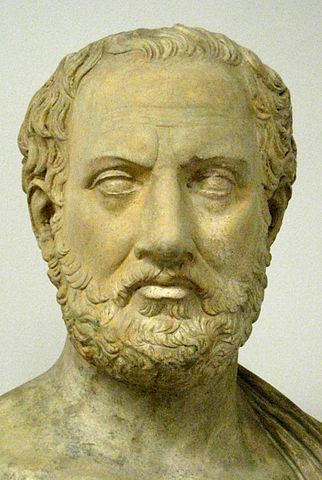
According to Arnaldo Momigliano in Time in Ancient Historiography, Thucydides is whom we should attribute the cyclical view of history “(Momigliano 11). Thucydides (460-400) was a Greek historian who wrote about the Peloponnesian war. Thucydides was under the belief that “there will be future events either identical or similar” to the ones he narrated (Momigliano 11). Nemesius, Bishop of Emesa, was under the belief that people would live the same life with the same friends. Stating the both Socrates and Plato would be once again (Whitrow 43). It is essential to realize that not every Greek intellectual was under the belief that history was cyclical. Some believed that only politics or changing of political climate was cyclical, not history as a whole. Grace Cairns in Philosophies of Histories states that Toynbee believed that
“there are cyclical patterns he admits in the rise and fall of great civilizations; nevertheless there has been linear progress on the whole in religion “(279).
The Roman empire was one that believed they were timeless, believing that their empire was the peak of perfection. The Romans had a cyclical view of history; however, they felt that they were at the end of the cycle since they were perfect. This changed with the Roman emperor Constantine (272-337), making Christianity the main religion of the Roman empire. There was a shift from cyclical history to linear history as Christianity took over. Linear history is history that follows a linear path and does not repeat; it has a beginning and an end. The linear view of history permeated all scholarship in the western world.
Decline and Incline
The Greeks, Romans, and Egyptians were all under the belief that time began with a Golden age. The Golden age was when God or Gods and man were close to one another. Until a time where something happened and disrupted the relationship between the two, and they were separated. In this form or perception of time, humans are on a decline having started from the top and now falling into a more primitive state of mind and society.
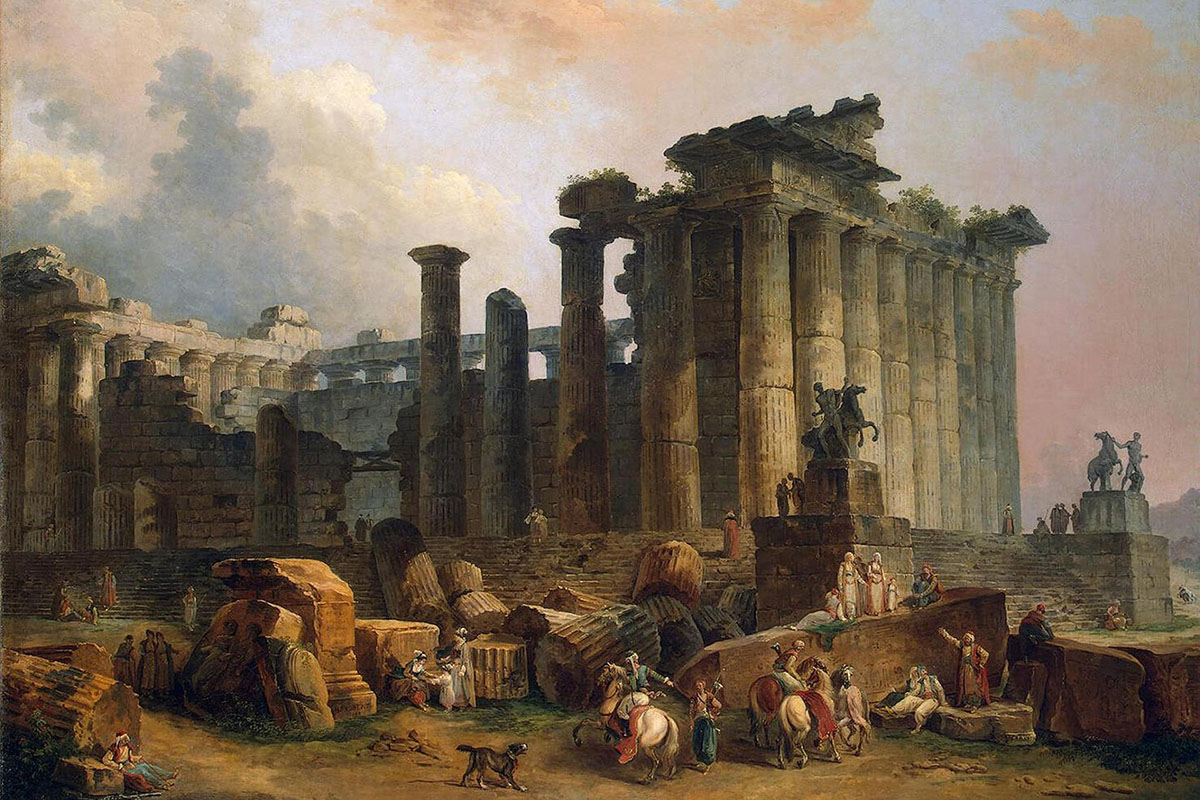
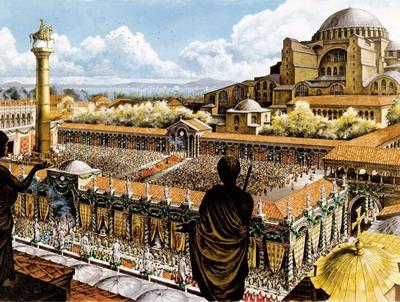
In a different perception of time, humans at the beginning were primitive beast but are on the incline as they acquire more knowledge through time. This can be seen especially in that of Judaism and Christianity. While man did start in a type of Golden Age in the ,Garden of Eden, humans since the fall are working their ways towards salvation. A famous advocate of linear history was St. Augustine. St. Augustine (354-430) was a Christian thinker who wrote many famous works one of them being the City of God. In his writings, “he rejected the idea of cosmic and historical cycles endlessly recurring” (Lemon 91). Cyclical history requires a dualism or polytheistic view or substantial importance on politics. While linear history is focused on the oneGod one, path for “faith expressed itself, according to Eliade, in a linear view of history” (Olsen 17). While it was unintentional linear history is what became the way in which to write history. To put it in more perspective Whitrow states that
“Whereas for most Greeks and Romans, whether they believed in cycles or not, the dominant aspects of time were the present and the past, Christianity directed man’s attention to the future. Pg. 64-65).
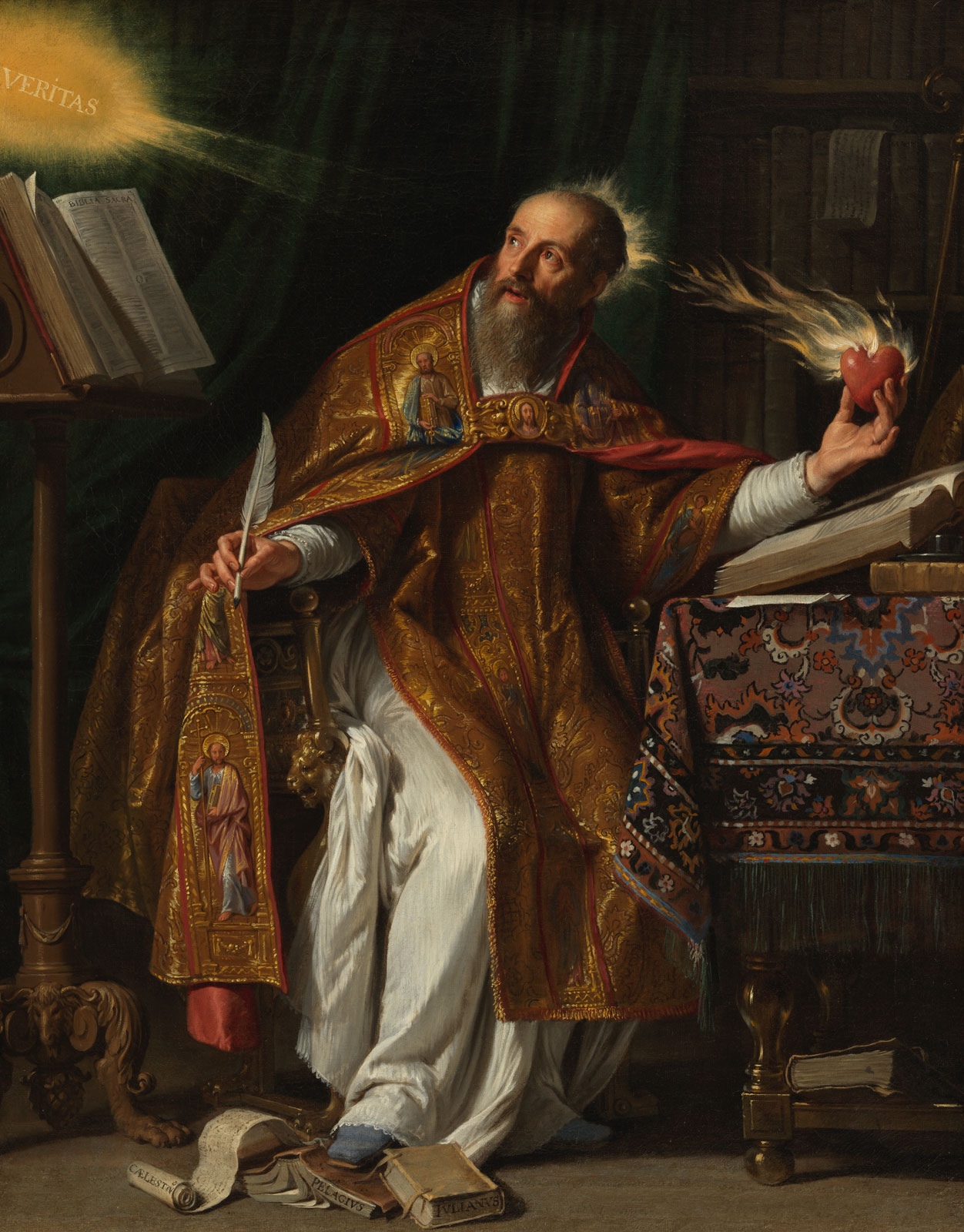
Time tells us a lot about a culture and or civilization. Looking at polytheistic groups like that of the Egyptians, we can descreen they had a more cyclical view of time. Those who were monotheistic, therefore, had a linear view of time. Understanding what time says about a culture or society is vital to histography. It can be used as a method to uncover some biased or inclination of one’s view of themselves in time. Cycles may work for one type of history like that of political or economical but not for things like religion, Cairns, puts this into perspective saying “there are cyclical patterns he admits in the rise and fall of great civilizations; nevertheless there has been linear progress on the whole in religion “(Cairns 279).
Time of the Scholar vs. Time of the Ordinary Man
Historically, the overall written account of history has come from the upper class like that of philosophers, scholars, and from institutions like that of the church. For the majority of academic scholarship, history has been written by very few. This is important, especially when it comes to perceptions of time and historical progress. For academic scholarship, time is linear because of non-repeating events in the overall historical narrative. For the ordinary man, however, he may feel that it is cyclical because of the life that he or she lives. For people or cultures that rely or have relied on farming to live, they are often under a cyclical view of time. Momigliano says that “there is no reason to consider Plato’s thoughts about time as typical of the ordinary Greek man” (Time in Ancient Historiography 8). When studying history, it is for this reason that we need to be aware of the different types of time that people are writing history. While some are writing under the impression that there is a repetition, others are writing under the impression that there is not. Another impression that time can have is when it comes to the past, present, and future.
Past, Present, Furture
The Greeks, Romans, and Jews put different emphasis on the past, present, and future. The Greek’s concern lay more in the past because of the lack of historical account that Greek historians had of past historical events. The Greeks were in a sort of race against time as historical evidence, and sources disappeared due to decay. In Essays in Ancient and Modern Historiography, Arnoldo Momigliano states that “there was more concern with the future among Roman historians, and it expressed itself in anxiety about the Roman empire.” (Essay in Historiography 193). The future of the empire was the main focus of Roman intellectuals. The thought of Rome eternal and the state of politics influenced the emphasis they put on the future. In Roman historical writing and study, one of the objectives was to determine the future.
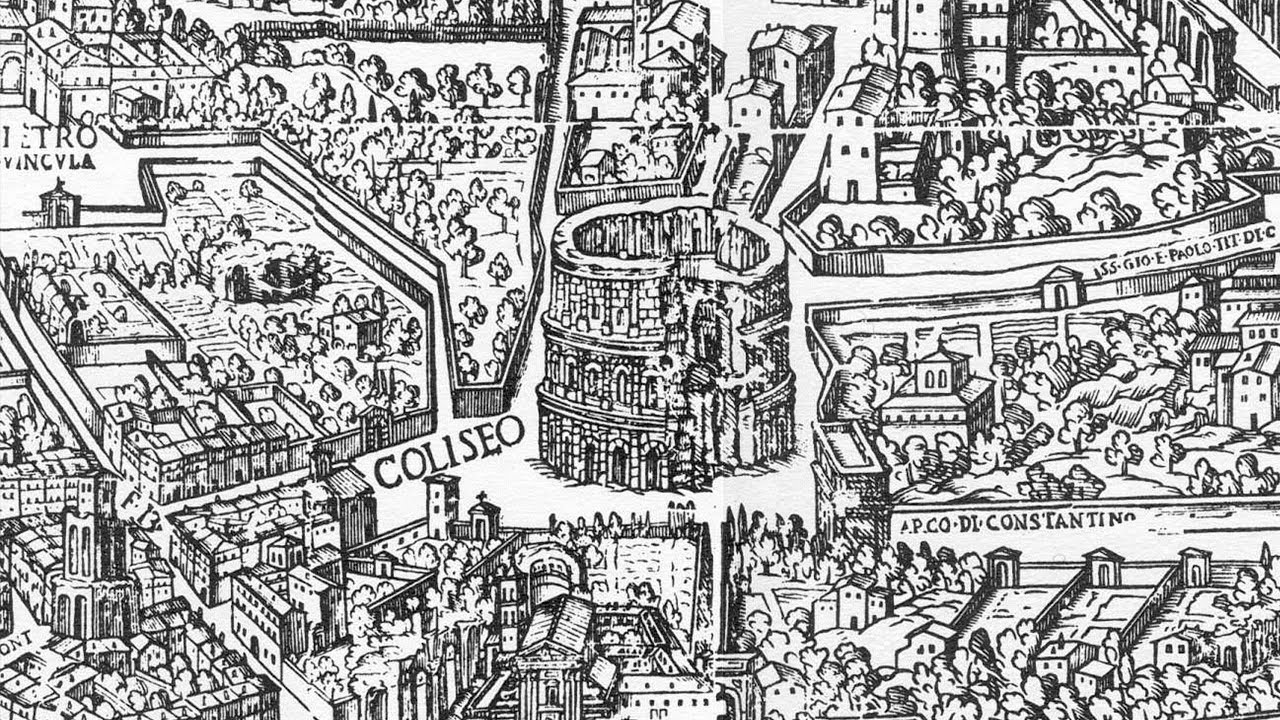
For the Jews as well as the Christians, time was about the present and the future. God was in the present, but he was also in the future when it was time for salvation. There was not worry about the past more of an understanding of the present and the future in terms of religion. In modern historiographical study, the past, present, and future are not clear cut. Today history and the understanding of history is about the past. However, understanding where people were coming from or what they valued, whether that be the past, present, or future, can help us better understand the motive behind historical writings. The problem is that “in ordinary oral or written communication, the reference either to past or to the future can be left to the understanding or imagination of the recipient” (Momigliano Time in Ancient Historiography 6). Time is up for interpretation in history, especially when the sources are old. Historiographical interpretation of time can lead to a cyclical or linear progression of historical events.
Teaching Linear History
Today a linear view of history is taught in schools. In school, there is an overall incline view of the direction in which history is moving, not one of dissension when teaching the history of civilization. Teaching the linear path of history implies that there will be an eventual incline or decline of historical progress; therefore, this may or may not create a biased. The Roman empire had a cyclical path of time. This greatly influenced their opinion of themselves and their empire, giving them a sort of evidence that they were at the peak of perfection the Rome eternal. Time can be used as a method to write history in a particular way or to teach history in a certain way. When talking about the Mayans or the ancient Greeks, there are different conceptualizations of time that need to be accounted for in order to understand their history and the importance that they placed in history. The multiple times at work in historical narrative teach about the beliefs of culutres. The growth of civilization can be cyclical, while religion is linear.
Everything i have written does not matter because in the end time is subjective.
Questions
How do we reconcile multiple perceptions of time when writing about history?
Are conceptions of time an integral part of a culture’s history?
Do you think in academia, perceptions of history have changed, especially with the advancement of technology?
Bibliography
Cairns, Grace E. Philosophies of History; Meeting of East and West in Cycle-Pattern Theories of History. New York, Philosophical Library [1962], 1962.
Lemon, M. C. Philosophy of History: A Guide for Students. Routledge, 2003.
Momigliano, Arnaldo. Essays in Ancient and Modern Historiography. Middletown, Conn. : Wesleyan University Press, 1977., 1977.
Momigliano, Arnaldo. “Time in Ancient Historiography.” History and Theory 6 (1966): 1–23. https://doi.org/10.2307/2504249.
Olsen, Glenn W. Supper at Emmaus. Washington, D.C.: Catholic University of America Press, 2016. http://libproxy.unm.edu/login?url=https://search.ebscohost.com/login.aspx?direct=true&db=nlebk&AN=1429297&site=eds-live&scope=site.
Whitrow, G. J. Time in History : The Evolution of Our General Awareness of Time and Temporal Perspective. Oxford [Oxfordshire] ; New York : Oxford University Press, 1988., 1988.
2018 words.